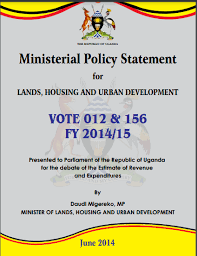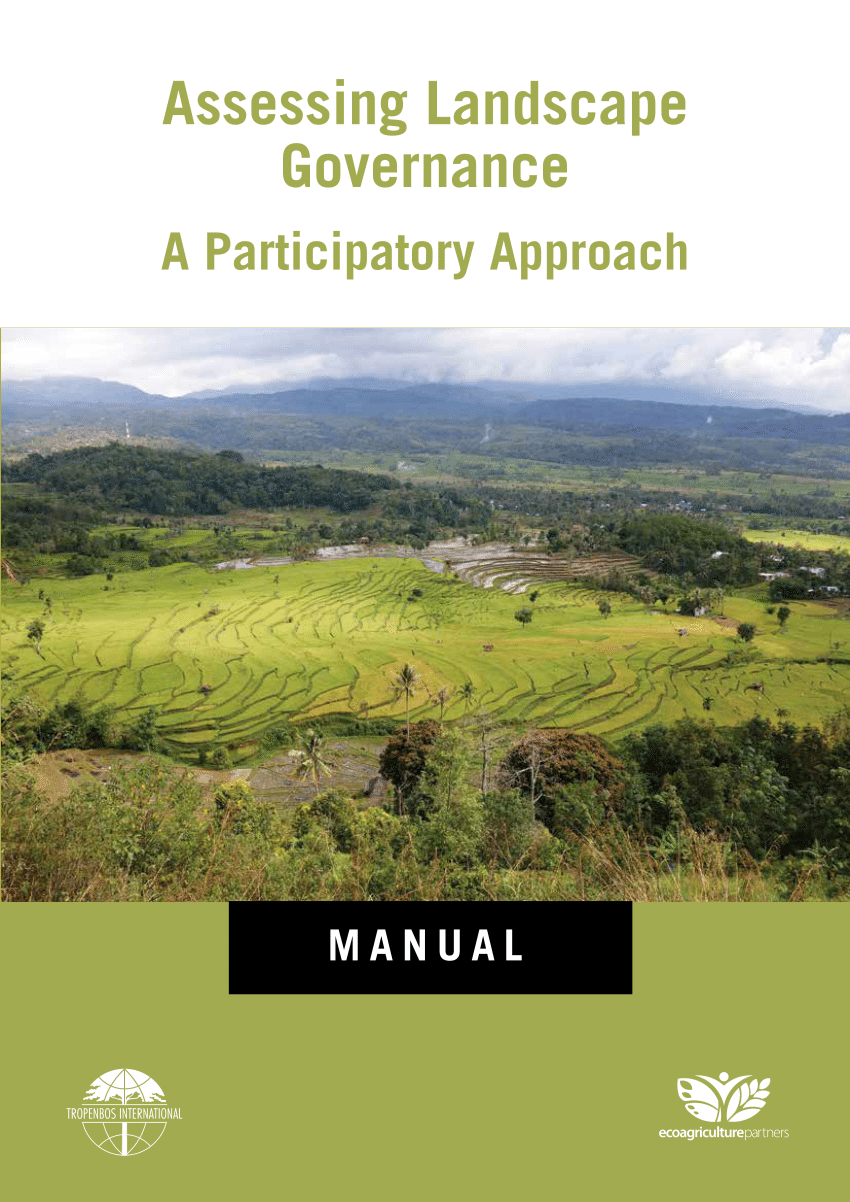Effects of Agroforestry and Other Sustainable Practices in the Kenya Agricultural Carbon Project (KACP)
With growing global demand for food, unsustainable farming practices and large greenhouse gas emissions, farming systems need to sequester more carbon than they emit, while also increasing productivity and food production. The Kenya Agricultural Carbon Project (KACP) recruited farmer groups committed to more Sustainable Agricultural Land Management (SALM) practices and provided these groups with initial advisory services on SALM, farm enterprise development and village savings and loan associations.





